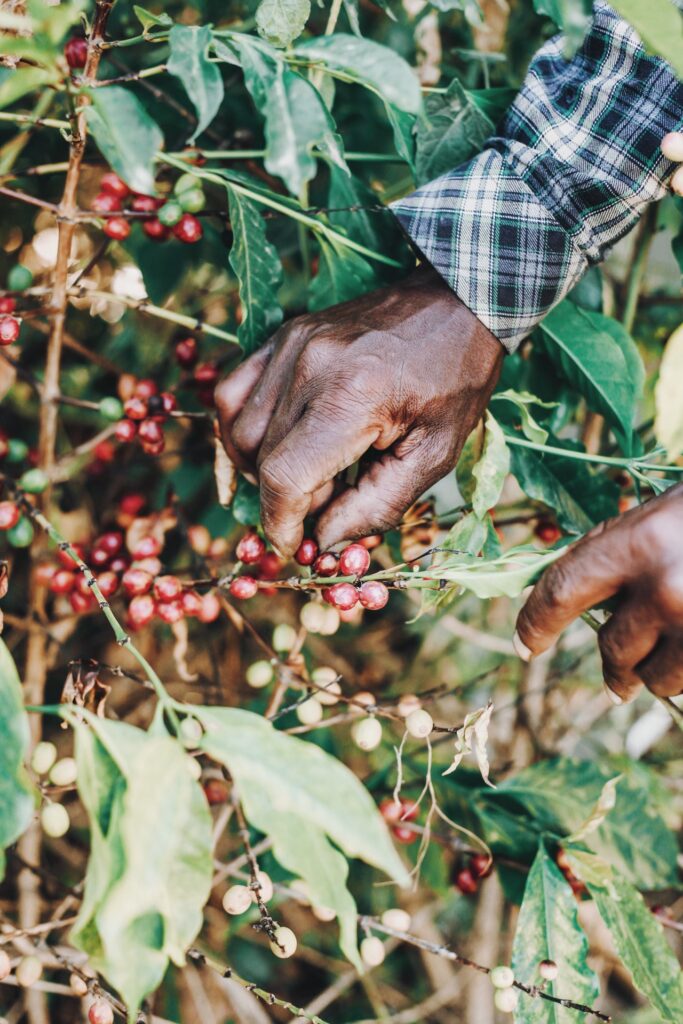Coffee is surely one of the most consumed beverages in the world. A huge number of people start their day with a coffee. One of the biggest problems coffee growers face is the coffee rust. It is a parasitic fungus. A new study from the birthplace of coffee (Ethiopia) has found out another fungus which can suppress the coffee rust.
Kristoffer Hylander, professor at the Department of Ecology, Environment and Plant Sciences (DEEP) at Stockholm University, said that Coffee leaf rust is a fungal disease and is problematic for coffee growers all over the world. Hylander insisted on the method of using natural solutions rather than just applying pesticides.
The rust is caused because of a parasitic fungus that attacks the leaves of the coffee shrub. The study is the first of its kind where it focused on a hyperparasitic fungus that grows on top of the rust which helps fight against the rust.
It could be possible that the coffee plant, the rust and its hyperparasite could’ve co-evolved in Ethiopia for a long time.
The rust usually increases from rainy to the dry season.
However, it seemed like there was a reduced increase of this rust in places where the hyperparasite is common:
“This is a sign that the hyperparasite may have the potential to reduce outbreaks of the rust in areas where both the rust and the hyperparasite exist together,” says Ayco Tack, associate professor at the Department of Ecology, Environment and Plant Sciences (DEEP) at Stockholm University.
Both the rust and the hyperparasite seem to exist, with the hyperparasite favoured slightly more in humid places such as coffee farms and the rust favoured in less humid places.
This could be the solution. By increasing the tree cover in coffee plantations, we can effectively increase the shadow area and thus benefit from both biodiversity and the hyperparasite.
However, there was no study or research done on the presence of the hyperparasite and its effect on yielding better results. But the hyperparasite could reduce the negative effect of rust on the coffee yields.
The result has a greater impact on small scale coffee producers. It is also important to note that the effect of coffee leaf rust in this landscape might change with the current global climate change,” says Beyene Zewdie, who recently defended his thesis on the ecology of coffee diseases in Ethiopia at the Department of Ecology, Environment and Plant Sciences (DEEP) at Stockholm University.
Detailed studies need to be conducted in order to explore the relationship between the rust and the hyperparasite, thus paving a positive way for the producers.
Journal Reference:
Beyene Zewdie, Ayco J.M. Tack, Biruk Ayalew, Girma Adugna, Sileshi Nemomissa, Kristoffer Hylander. Temporal dynamics and biocontrol potential of a hyperparasite on coffee leaf rust across a landscape in Arabica coffee’s native range. Agriculture, Ecosystems & Environment, 2021; 311: 107297 DOI: 10.1016/j.agee.2021.107297

